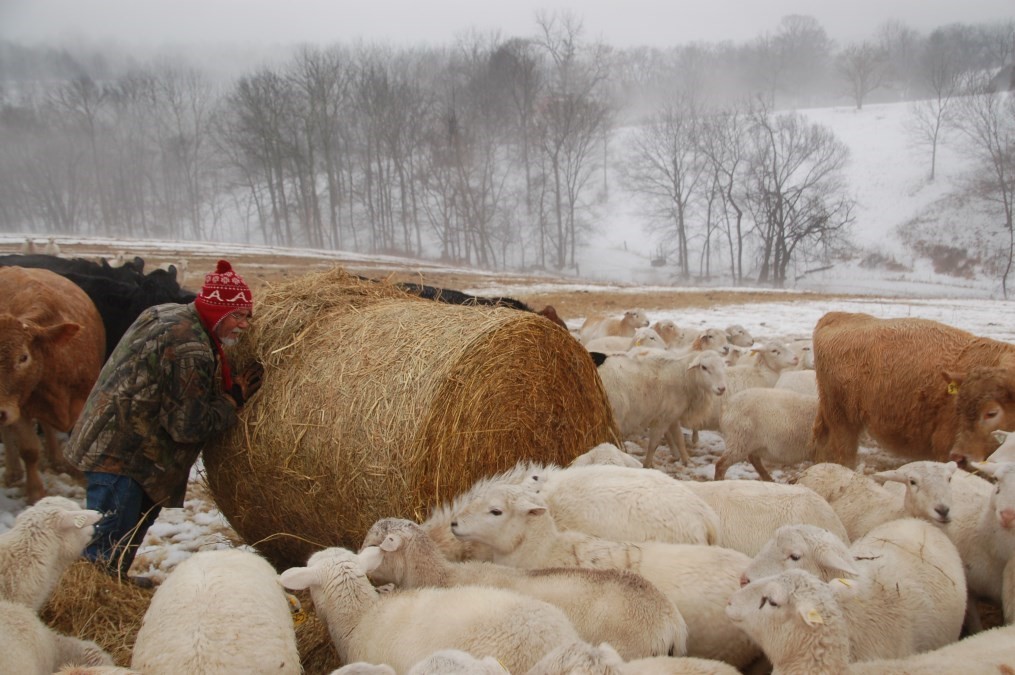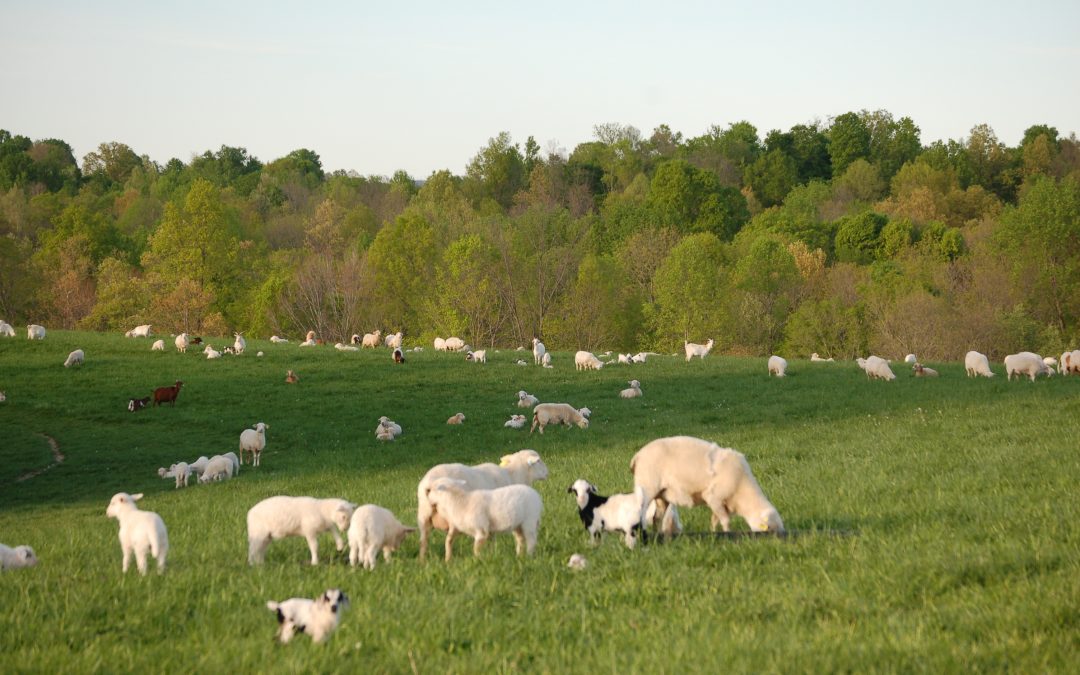The Goal of Big Spring Farm:
“An easily managed, low input grazing operation that improves production and the environment while being consistently profitable” Greg Brann.
Brief History of Big Spring Farm 2005: The Big Spring Farm is named for a boiling cold spring that is estimated to have an output of 30,000 gallons per minute. The farm was purchased by my dad in 1964 for cow-calf and trout production, unfortunately, the trout enterprise never materialized. The farm increased in size due to land purchases and land rentals to 1200+ acres of pasture and hay. Over the years, tobacco, Christmas trees, corn, and soybeans have all been produced but it has always been predominantly a cow-calf operation. The largest number of cattle was 300+ cows and 270 backgrounding stocker calves. Dads’ famous sayings were “good pasture is the best fence” and “don’t fix it too good they can’t get back in” and while he did pretty well at maintaining some single wire electric cross fence, the perimeter fence steadily rusted away. At 88, my brother and I are slowly taking over the running of the operation. Currently, my brother and I have divided up the operation and entered some land in CREP, a state form of CRP, leaving my operation with 210 acres of pasture.
Fencing: My brother and I decided we had to have a good perimeter fence above all so that became a priority. With all the blackberry briars, buckbrush, and assorted browse, goats seemed to be a choice species for us. Since we always preferred high tensile fence, what is the big deal about adding an extra wire or two to run goats too? We didn’t know much about goats but I knew it was accepted knowledge that a producer can run 1-2 goats for every cow and not impact the cows grazing. Later we found it actually improved grazing for the cattle. After about one year my brother decided he had had enough of goats dying (Listeria and various other adaptation disorders) and wrestling to de-worm them and trim feet, so I bought him out and continued the goat enterprise. Thankfully, he didn’t charge me any rent since he knew that running them on the correct pastures would control weeds. Later we divided up the land and now he and his sons run stocker cattle and I run a multi-species grazing operation.
With any new enterprise, you go through an adaptation trough phase for 3 to 5 years before you reach a new plateau for the enterprise. Initially, we just fenced the perimeter of one area and used electro-net fencing to control graze about an acre at a time with a stock density of 7,000 lb/ac. This worked pretty well. We would set up two paddocks at a time and when they moved into the second paddock we would move three sides of the first paddock and set up a third paddock hopscotching across the field. Other areas we fenced were the boundary of fields allowing the goats access to the whole field while cattle were control-grazed.
The ideal fence and water layout are parallel fences about 435’ apart with water hookups located 435’ apart in every other fence line. This allows maximum flexibility. I like 435’ because a 100’ length equals one acre. Three rolls of electro-net 164’ each will more than span this width and if you are using single polywire with a post spacing of 40’ you can easily carry 8 to 10 posts. When I run a high single polywire for cattle (48” high) I space post up to 100’ apart. In the end, when terrain, woods, soil type, and vegetation are all considered spacing between parallel fences may need to vary considerably. Any distance you are willing to walk and install temporary fence is just fine. Initially, you may want to install every other fence with the ultimate goal of installing others later. Not every fence needs to be worthy of controlling all species. When wire is closer to the ground try to target 7” with post spacing needs to be closer usually 40’ works even in rolling terrain. In one year, counting all of the temporary fences built, we have over 50 paddocks.











